In the previous article of my series on the Richwood informal settlement, I explained what appeared (and still does) to me to be a dishonest and amoral move by the local government to displace and gain control of the land of Richwood. In this article, I am going to explain how the City has been treating these people post-move and what their situation is today.
On the weekend when the people were relocated we met a woman named Riana Boonzaaier. I am not exactly sure what her position was, but she was effectively the "project manager" for the relocation of the people of Richwood. She explained that she had received the "Richwood assignment" only days before and was not responsible for any policy decisions: she only had to ensure that the people were relocated. She was also overseeing several other relocations which were happening concurrently. After the initial move off of the land, a longer process would begin whereby the community from Richwood would be resettled permanently on new land. She was warm and inviting, patiently listened to our concerns and answering them as best as she could. She explained that there would be transportation services to ferry the people to school, work and shops. There would also be a nurse who periodically visits the community, and that law enforcement was not that far away1. We were satisfied by her assurances, although we felt uneasy as we left for the simple reason that we had no first had knowledge of what the situation for the people of Richwood was actually going to be like. What is more, we were later warned against believing "anything" which Mrs. Boonzaaier says, further making us uneasy. As we left Richwood for the last time that Sunday, it was already apparent that the move was bigger—logistically speaking—than anticipated: the move would carry on well into the night. When the community arrived at their new location, they would still have to erect their shelters, all while the fair weather from that weekend was waning.
For several reasons it took us a month and a half before we reached the point where we were going to go visit the community again. We admittedly had a great deal of trepidation in going to see them. While Mrs. Boonzaaier's genial assurances had initially given us hope for their situation, after a month's reflection on the earlier warnings and subsequent bad reports, we did not know what to expect. It is not just that we feared seeing our friends in a bad condition—we would of course support them as we could. But we had concerns over safety and security—again, not because of the people we knew, but of the other communities with which the people from Richwood had to integrate and of which we knew nothing. We did not know what scale to expect, nor what the actual physical conditions were going to be.
We finally arrived at Wolwerivier where they were now living. It was very isolated2. The area itself was, surprisingly, not unsightly. While rural, there were a handful of old, free standing buildings: the kind which has a rustic attractiveness (but is more than likely less appealing in which to actually live). The appeal of the area was enhanced by the recent rains causing lush green grasses and trees, and an early spring had endowed the area with wild flowers. There is even (still) a view of Table Mountain. At first we completely missed the community and drove past, because the settlement was so small. We quickly learned what the situation was: communities were being relocated in phases. The Richwood community was sharing the current (temporary) location with only one other community. In a short while, that community would be relocated to a second temporary location and a new community will be brought in in their place. Thereafter it would be turn of the Richwood community to be relocated for a second time, and so it continues. In this first temporary location, they still have shacks. At the second (temporary) location, they are supposed to receive prefabricated homes. Finally, a third and final relocation is going to take place. At that point they are supposed to receive permanent, brick-and-mortar homes.
It seems clear that the City of Cape Town is handling the relocation with a clear and structured plan.
The people formerly from Richwood were happy to see us again. It was a beautiful sunny day—like when we had seen them last—and we were surprised to find almost all of them sober and lucid. They seemed to have settled in nicely. But they were quick to voice their displeasures. The first complaint was about water. While they do have access to running water, their complaint was that, when it rains, water pushes up through the ground, which causes flooding in their shacks. Their second complaint was concerning transportation. While the children are (for the time-being) being ferried to school for free, the adults need to pay a private service R15–R203 one-way to get anywhere. This amount may not seem exorbitant, but many of these people earn R100 per day. This means that they can easily spend 40% or more of their income on transportation alone. They also cannot increase their asking price for their employers, as there is an oversupply of workers and they will then likely no longer be able to find employment.
These two were their most significant complaints. Much of the rest was their languishing that they missed their old homes and the area where they use to live. They also did not like their new neighbours. And, from what I can tell, their neighbours also do not fancy them. This has led to a self-imposed segregation between the two communities: one lives on the one side of the road, and the other on the other side4.
There is one more concern that we, as the people from our church tasked with sharing the gospel with the people from Richwood, has, and that is that other objectionable churches and organisations are active in the area. When we arrived, we found missionaries from the Watchtower Society (Jehovah's Witnesses) distributing material among the people there. I also immediately identified the sign on one of the big buildings there: that of the New Apostolic Church. Most Christians do not hesitate to call out the Watchtower Society as non-Christian, as they reject the divinity of Christ. I do not know much about the New Apostolic Church, except that they hold to questionable doctrines5. I fear that it may be up to our church's mission to ensure that these people remain exposed to the one true gospel.
Leaving the community that day, we were relieved that their situation is nowhere near as dire as we had feared. There are definite struggles, especially around transportation, but the situation is not completely hopeless. The City seems to have made good on some of their promises. But there remains several serious questions: Is the medical care which the community receives adequate? (I suspect not.) Where is the law enforcement and how responsive will they be able to be in the event of an emergency? Will there be free transportation for the children to be able to continue going to their schools in Bothasig until they have completed their matric? What are the time lines for the community to receive their permanent homes? When will local amenities, such as a school and a clinic, be built? Did the people receive their monetary compensation, meagre as it is? What checks are going to be put into place to ensure that these different communities being lumped together will be effectively and safely integrated? Also, while the treatment of the people seem to be satisfactory, it seems eerily reminiscent of South Africa's unsavoury political past to be rounding up small communities and relocating them "out of sight (and out of mind)". The "final destination" seems to be envisaged as a completely new town; how will it be different from the town of Atlantis, created by the Apartheid government as a "dumping ground" of coloured people and where unemployment and other social issues are still rife?
The quest of new land development, and even urban renewal, may be noble, but if it comes at the cost of having to resort to dishonest tactics, as seem to have been employed against the Richwood residents, then the endeavour is no longer noble: it is only advantageous to themselves and the rich.
The next (and final, in this series) article is going to be introspective and will discuss what the Richwood ministry meant to me personally. I'll also discuss our future involvement with the community where they are now at Wolwerivier.
At the time of writing, the land at Richwood has not been completely vacated yet. There is still movement, although those who remain are few. These are likely the ones who obstinately refuse to sign the relocation agreements. I have no information what the situation there currently is nor what the plan for either party is going forward.
- 1. We previously heard of concerns that the local police would be over stretched and that it would take a significant amount of time to respond to an emergency due to the distance from the police station to the location of the new community
- 2. It was a short ways from a farm where I had gone horse riding a few months earlier. I therefore knew the area. It is one, essentially, of farmsteads, far from a town with shops and other amenities, as we had been warned it would be. Between the farm with the horse riding school and the new settlement is a large, second world self storage building.
- 3. For reference, at the time of writing, $1 US is approximated as R10.
- 4. The only integration which has happened is the local entrepreneur from Richwood who crossed the road to reopen her shebeen, hoping to enlarge her customer base.
- 5. They believe that there are more, even contemporary, apostles than the ones from the New Testament. As such, they wield apostolic authority. This would imply that they reject sola scriptura, the doctrine that the Bible is complete and sufficient for teaching the gospel. This leaves the door wide open of charlatans to come into the church and deceive the church members. The New Apostolic Church is incredibly prominent in coloured communities in the Cape, especially in rural and low income areas.
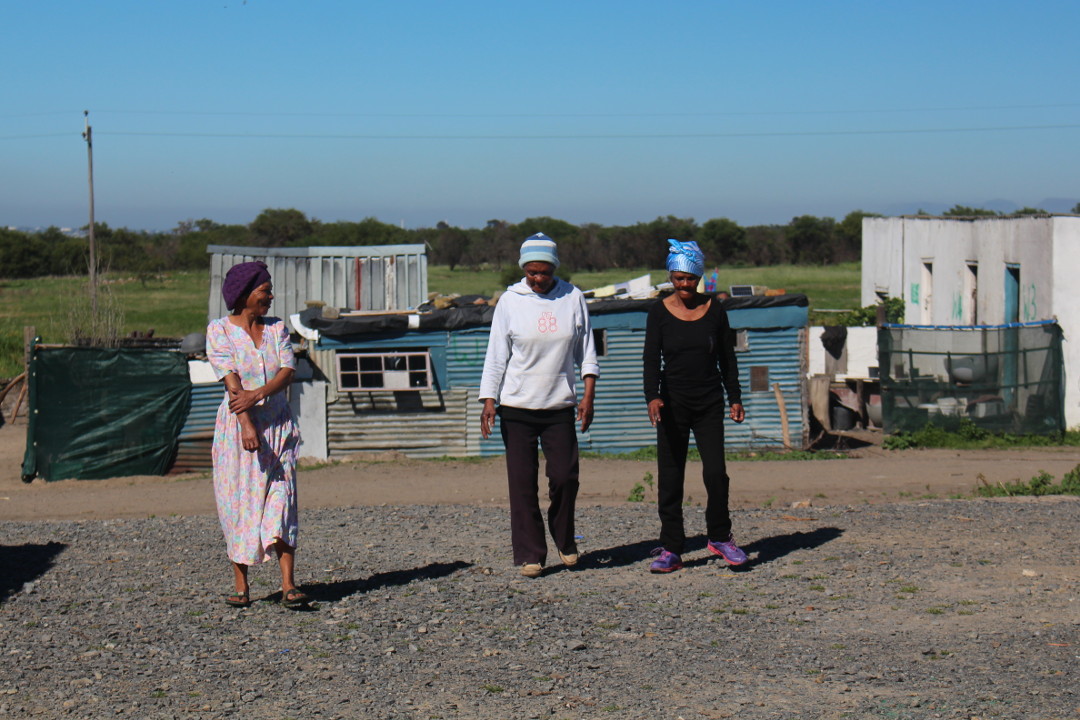
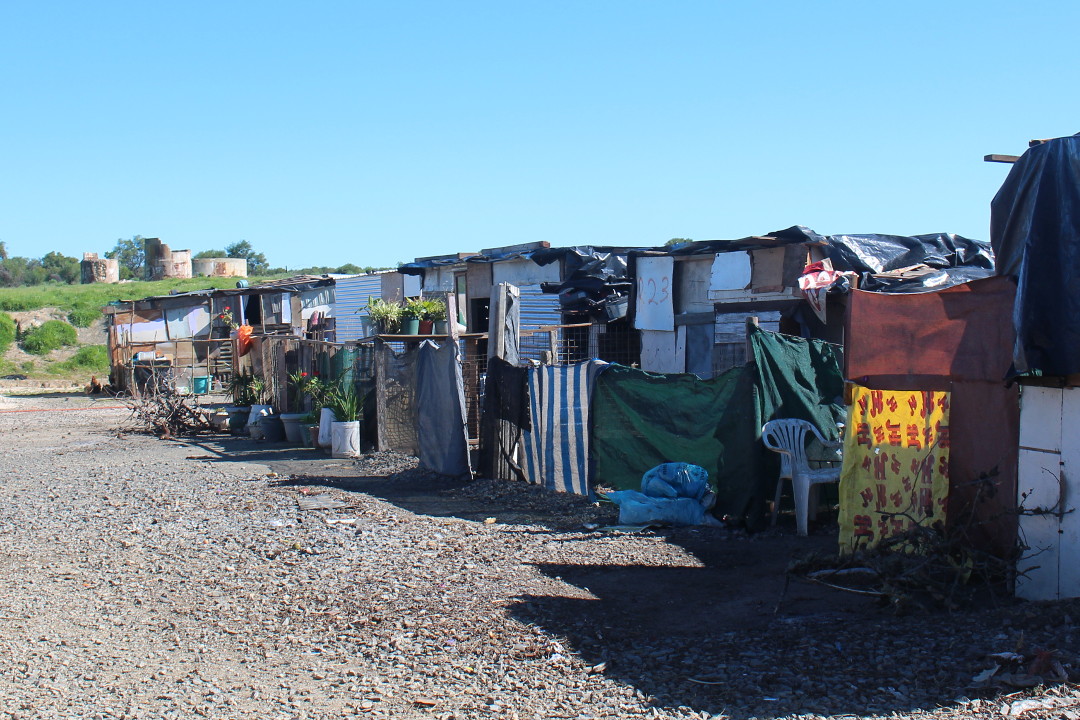
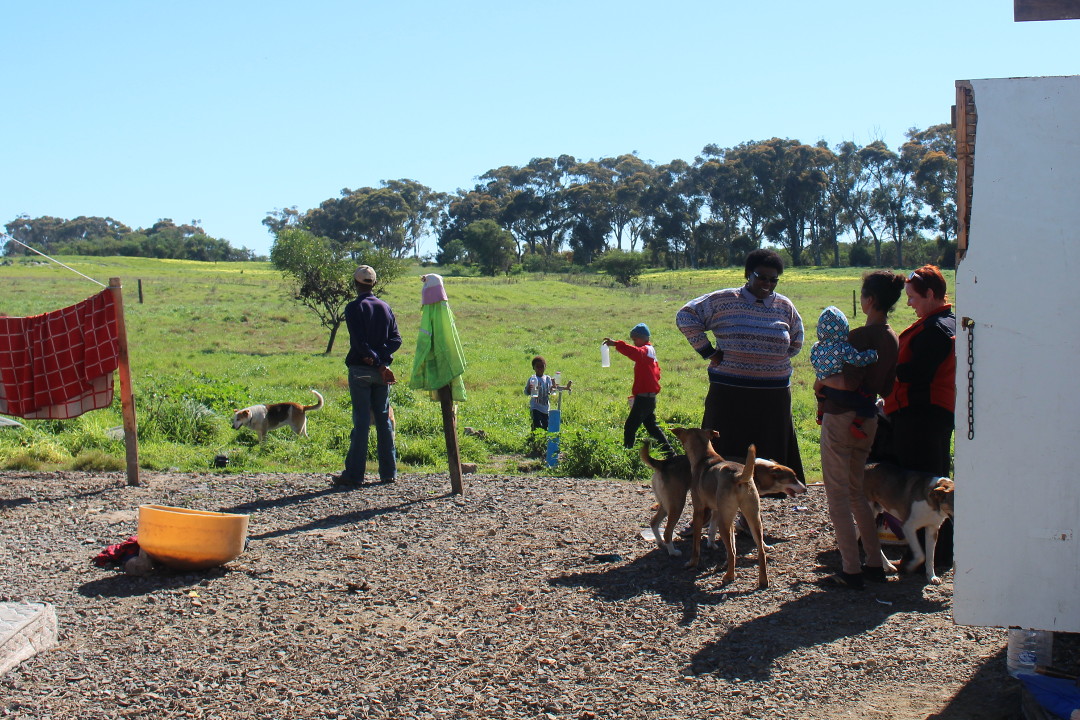
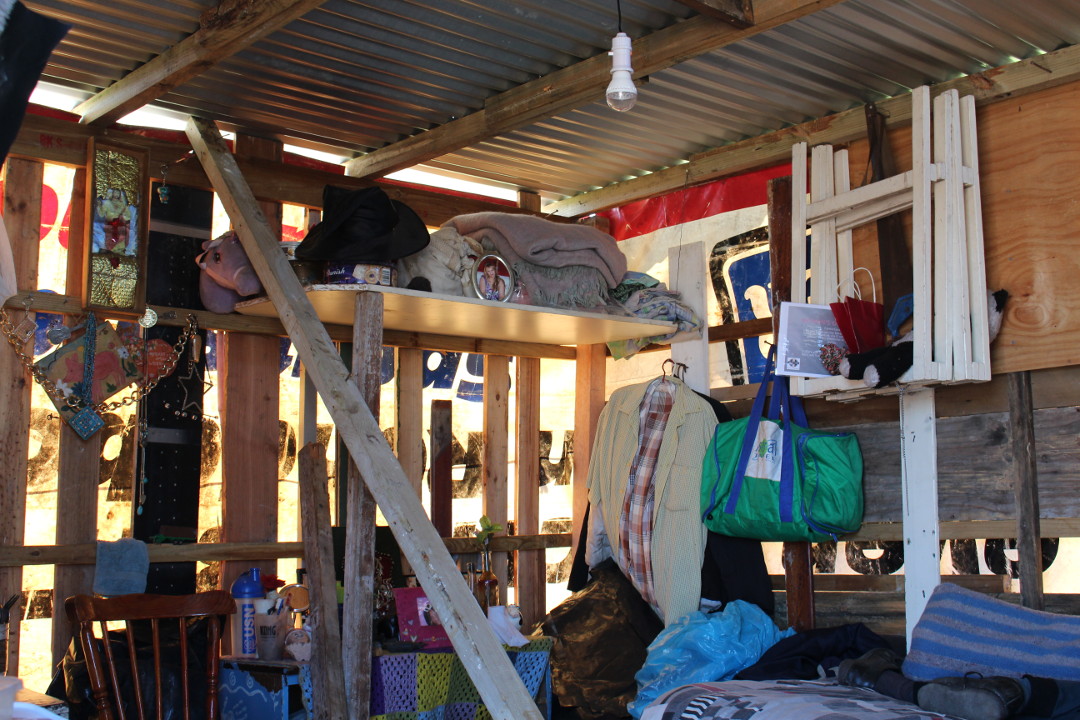
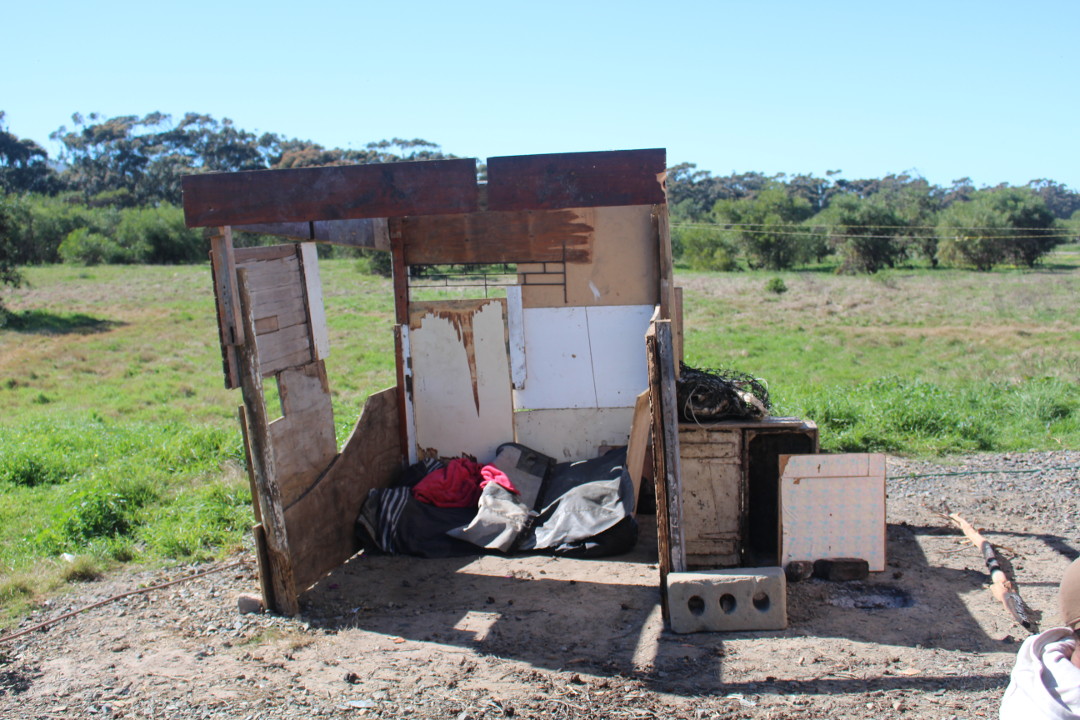
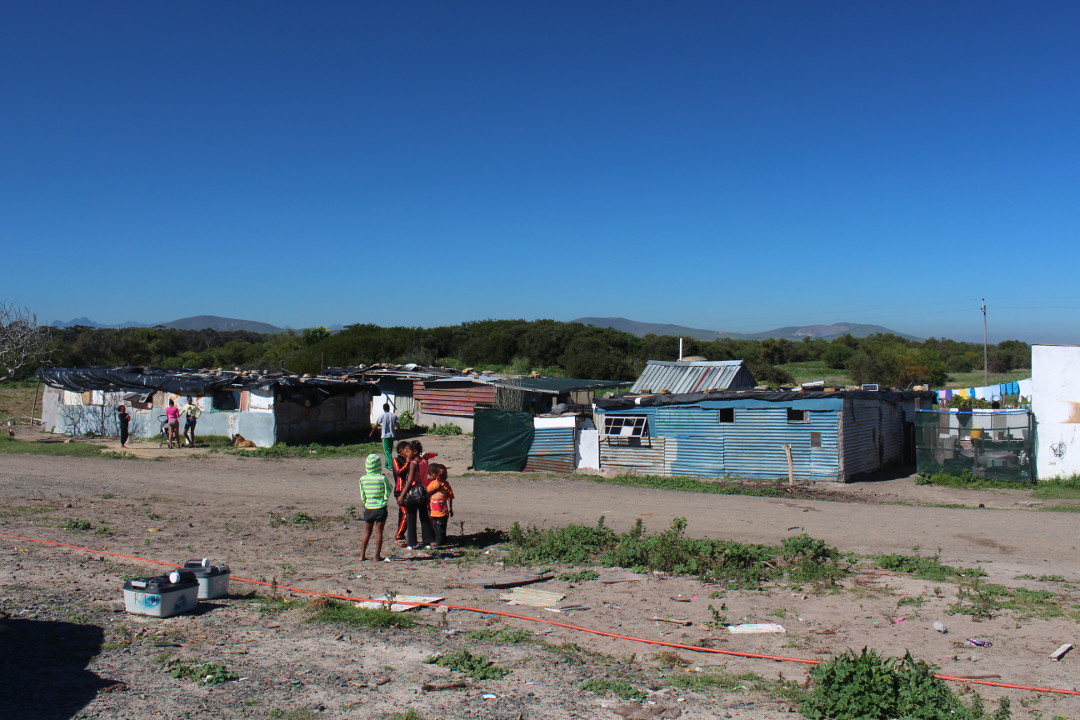
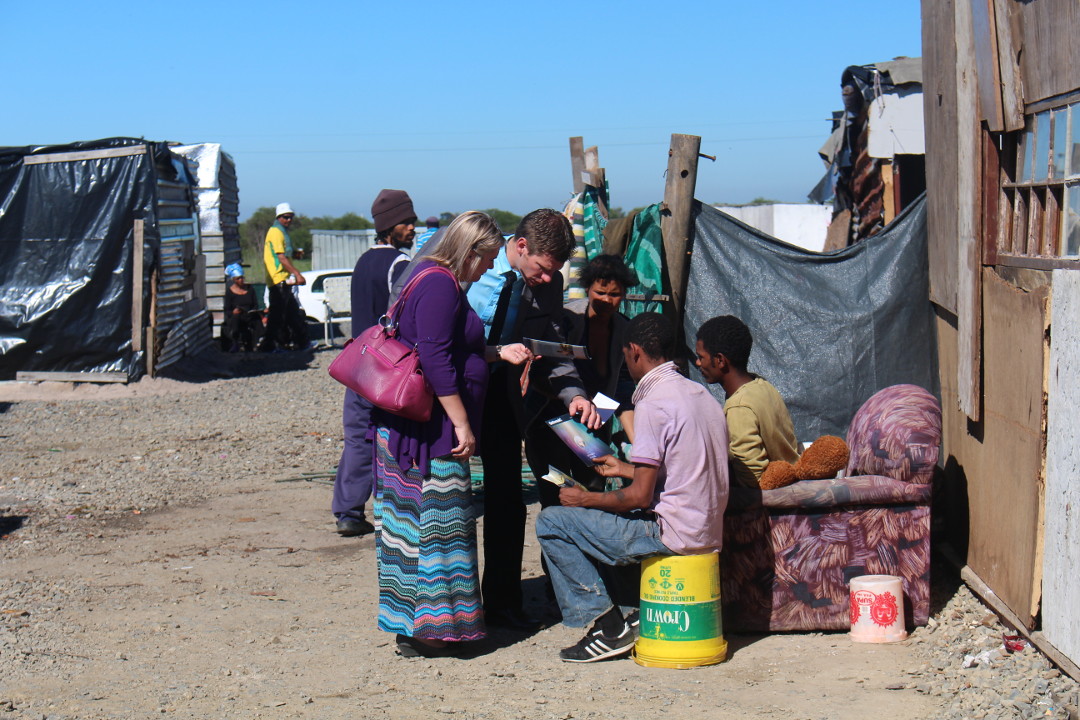
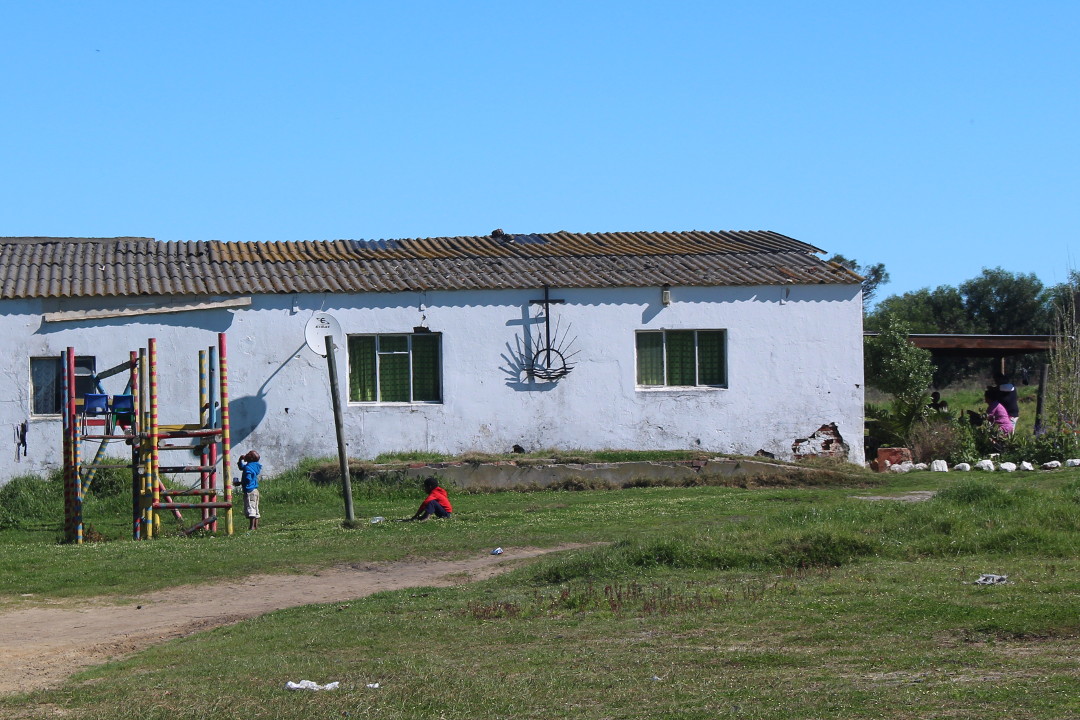
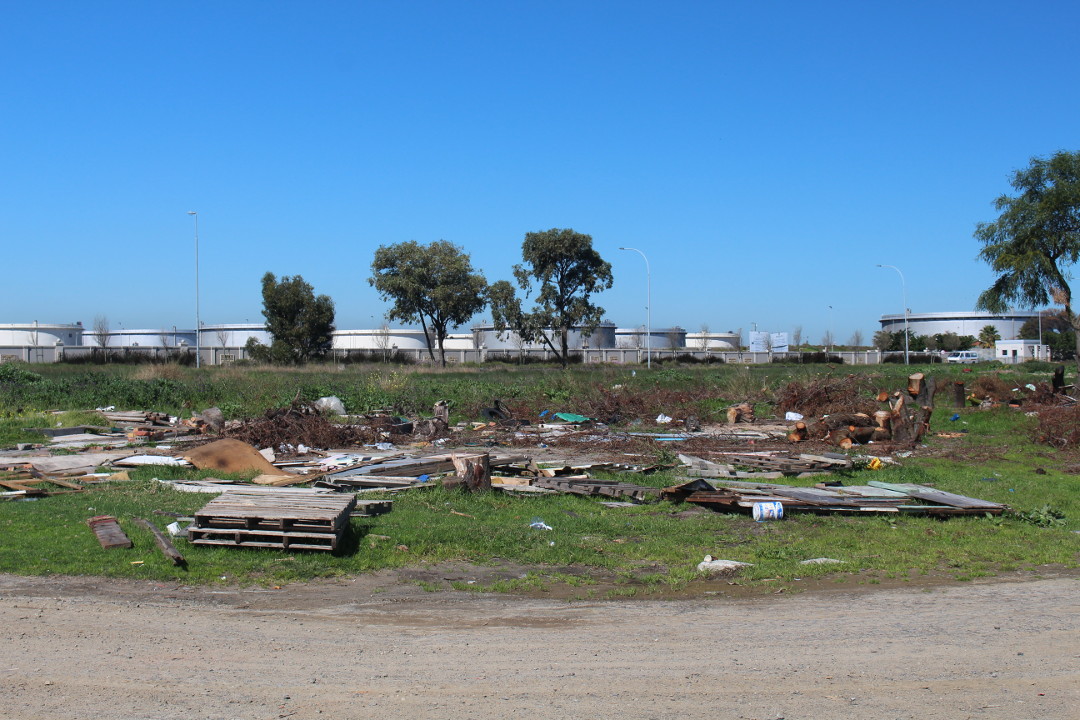
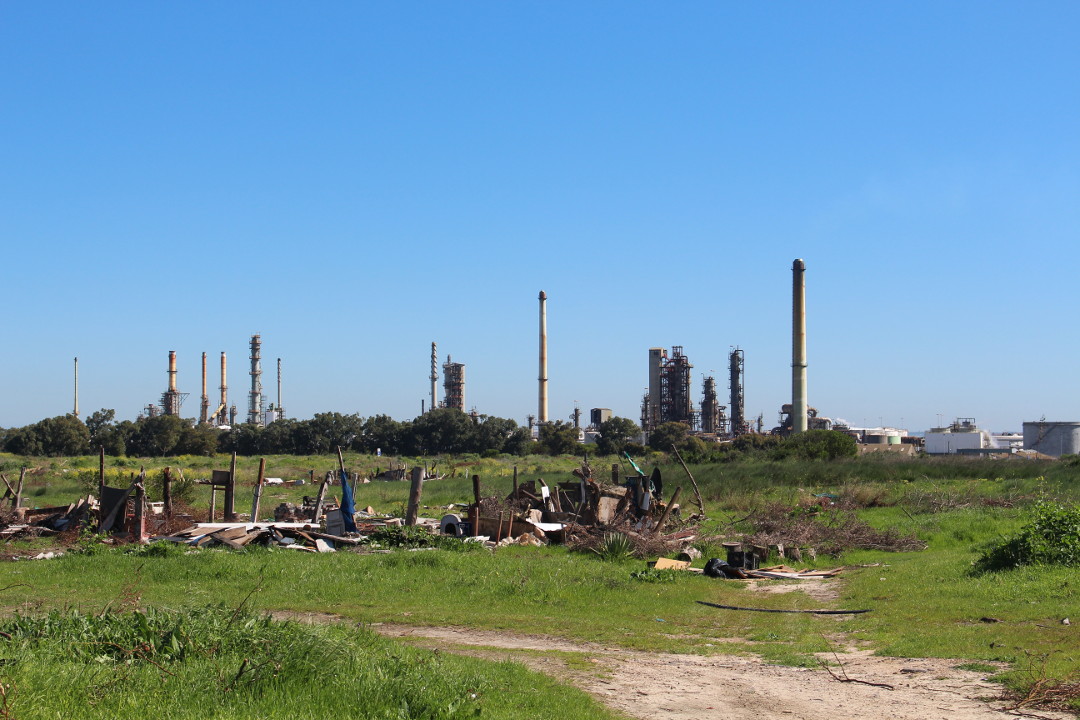
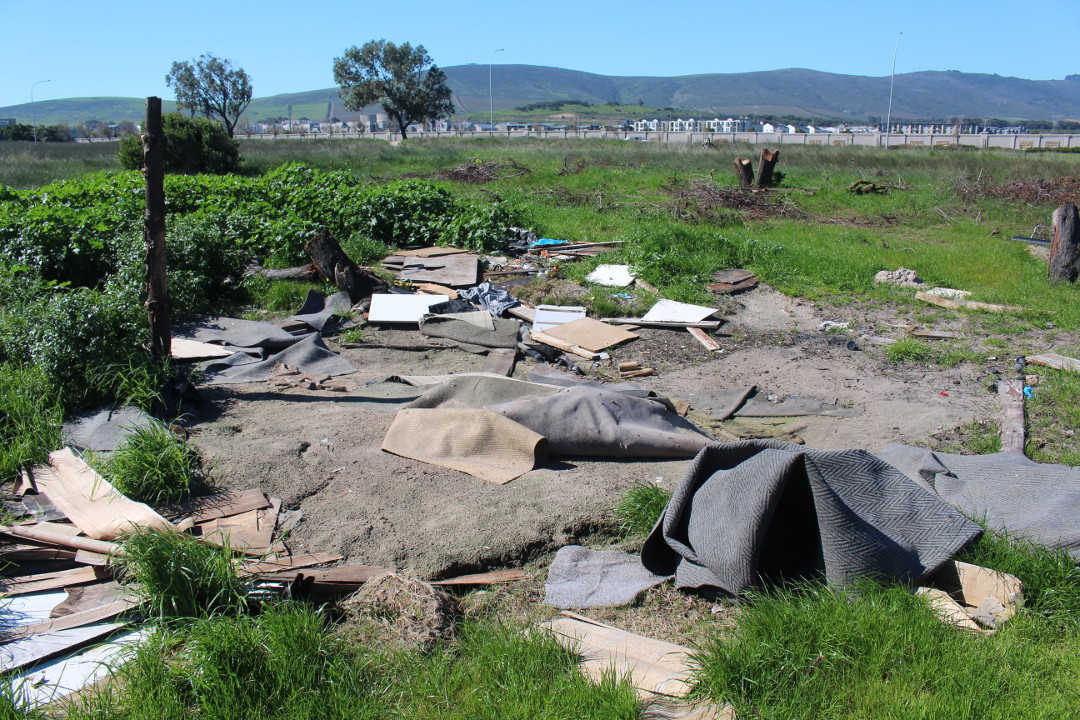
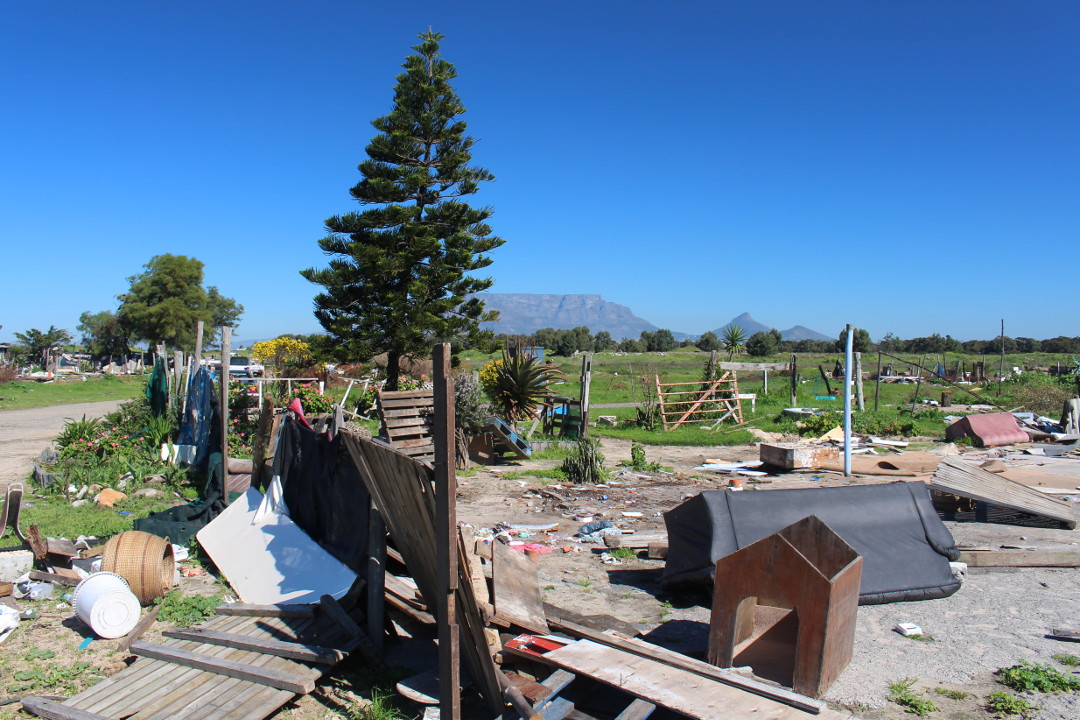
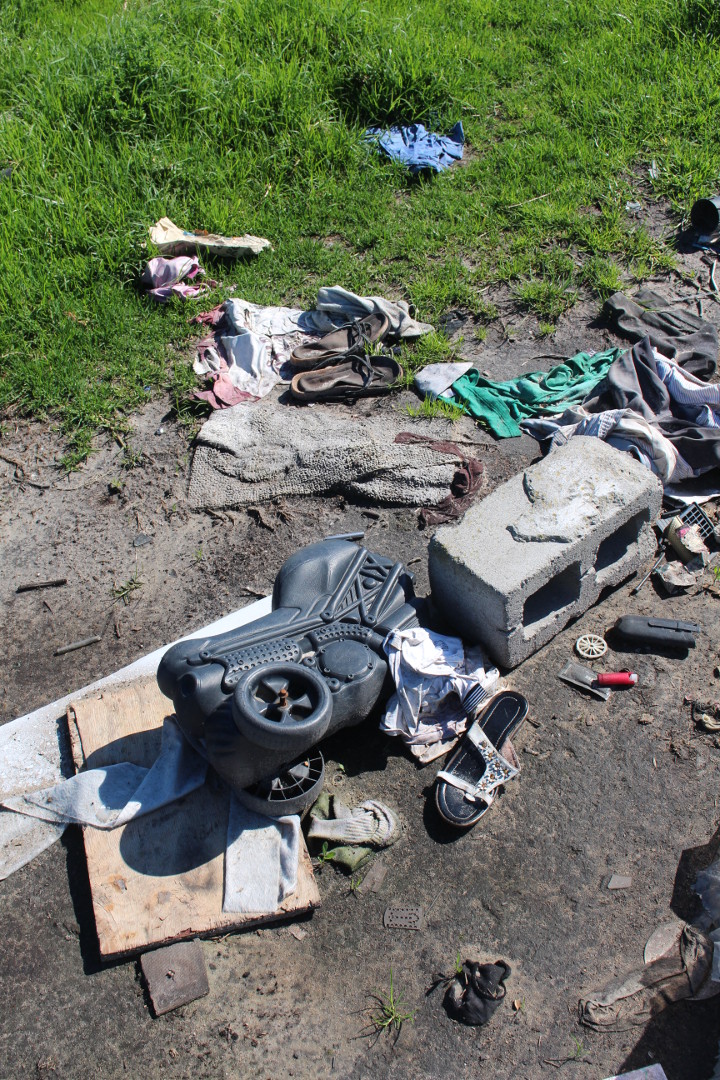
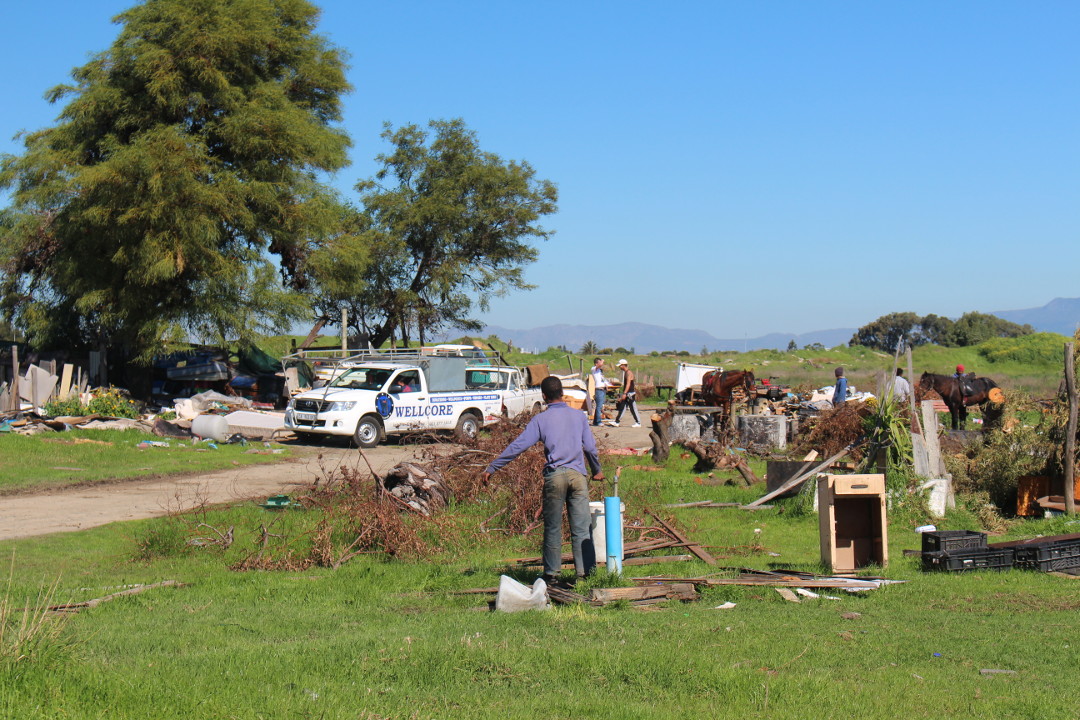





Latest comments